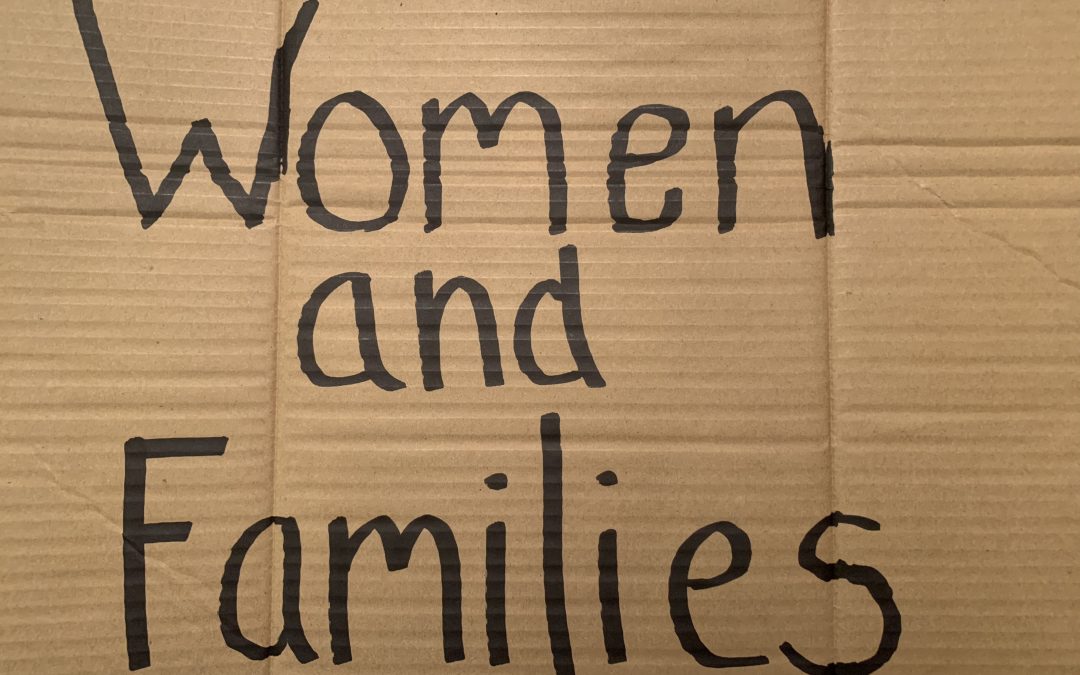— Bernie Glassman
It may shock you to know that 40 percent of the homeless population in America are women. Of the over 200,000 homeless women, over 90 percent of them are fleeing abusive relationships. Most of these women were or are victims of domestic or sexual abuse. Among all industrialized nations, the US has the highest percentage of homeless women. Homeless women and women with families make up the fastest growing population of homeless people in the nation.
Women are not only forced onto the streets because of domestic violence. Other causes include the fact that women are typically the primary care-givers for children. Likewise, the cost of divorce and the decline in the welfare-state can leave women without any other options.
Women fleeing domestic issues are placed in battered women homes. If they have children, however, they can only enter these safehouses if they place their children into foster care.
Among all homeless women, 60% have children under age 18, but only 65% of them live with at least one of their children. With this being the price of leaving an abusive relationship, many women remain in such relationships simply to avoid this alternative. Naturally, you can imagine the trauma that these women (and their children) likely face amidst an already traumatic and stressful situation.
As traumatic as the transition into homelessness is for mothers, one can only imagine how it feels for their children. By age 12, 83% of homeless children have been exposed to at least one serious violent event. Almost 25% have witnessed acts of violence within their families. 15% have seen their father hit their mother. 11% have seen their mother abused by a male partner. This type of trauma inevitably has detrimental effects on these children’s development and growth.
Not only violence within the family, but the trauma that comes from living on the streets or in foster homes. Children who witness violence are more likely than those who have not to exhibit frequent aggressive and antisocial behavior, increased fearfulness, higher levels of depression and anxiety, and have a greater acceptance of violence as a means of resolving conflict.
Knowing now that homeless families comprise 34 percent of the total homeless population, we must address not only the trauma this has on parents (mothers, specifically), but also the trauma on children. Trauma that has lasting implications and shapes society for decades to come. It is hard enough to fathom how the inexplicable trauma of being abused and/or witnessing that abuse first hand isn’t enough to warrant proper support and aid. It is especially hard to fathom how this trauma can be compounded by forcing families to separate and/or leaving them on the streets.


Recent Comments